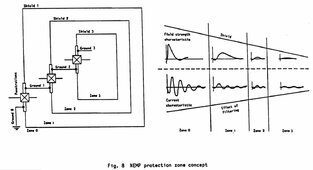OffGridForGood
Catch, make or grow everything you can.
take aways:
long unshielded wires create problems.
don't connect to the grid at all.
have a back up for everything in a shielded container.
cross your fingers and think pleasent thoughts.
long unshielded wires create problems.
don't connect to the grid at all.
have a back up for everything in a shielded container.
cross your fingers and think pleasent thoughts.







